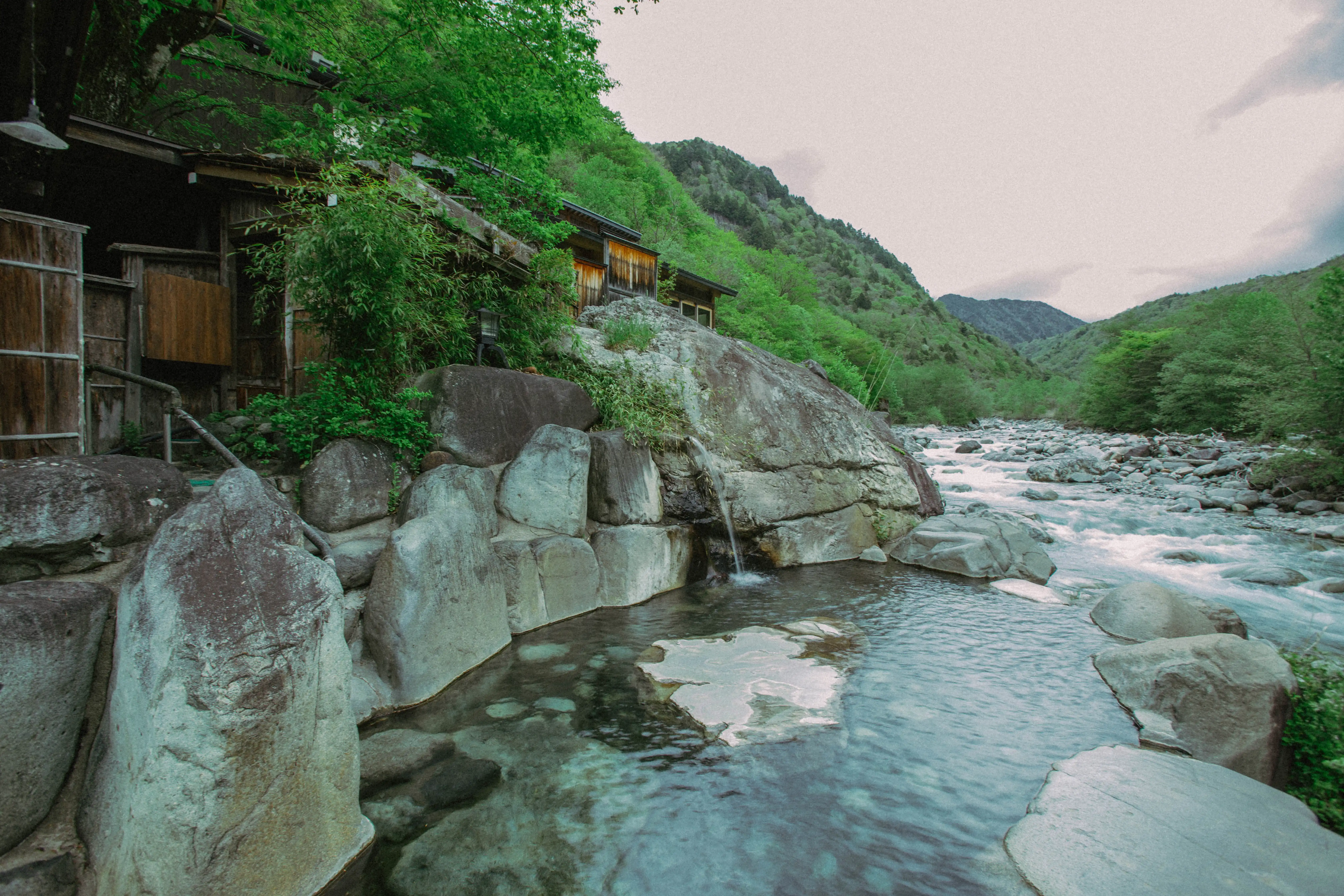
YARIMIKAN
Hidatakayama , Okuhida Onsen
Gifu
A single inn built in an old private house along a clear stream

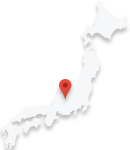
Hida Takayama and Okuhida Onsen are onsen towns centered on Takayama City, Gifu Prefecture, which is located in the center of the Japan archipelago.
Takayama City in Gifu Prefecture is a city built on a basin surrounded by steep mountains from east to west, rivers, canyons, and abundant nature to the north and south.
This Takayama City has been a prosperous city for a long time so that it was called "Hida's Little Kyoto", and the cityscape that has continued since the Edo period is a quaint and popular tourist destination. In addition, the Takayama Festival held in this area is listed as one of the "Three Great Beauty Festivals in Japan", and it is crowded with many people in April, when the festival is held.
The nine relatively new Onsen resorts around the city of Takayama are called Hida Takayama Onsen, and the five locations scattered in the mountains of the Northern Alps, about an hour's drive from downtown Takayama, are called Okuhida Onsen.
Hida Takayama Onsen is located in the city with easy access, and is popular with people who enjoy sightseeing scattered around Takayama City and its neighborhood. It is called "Hida's Little Kyoto" and is a place where you can enjoy traditional crafts and traditional food, and there are many historical sites and ancient temples, so you can enjoy a leisurely trip.
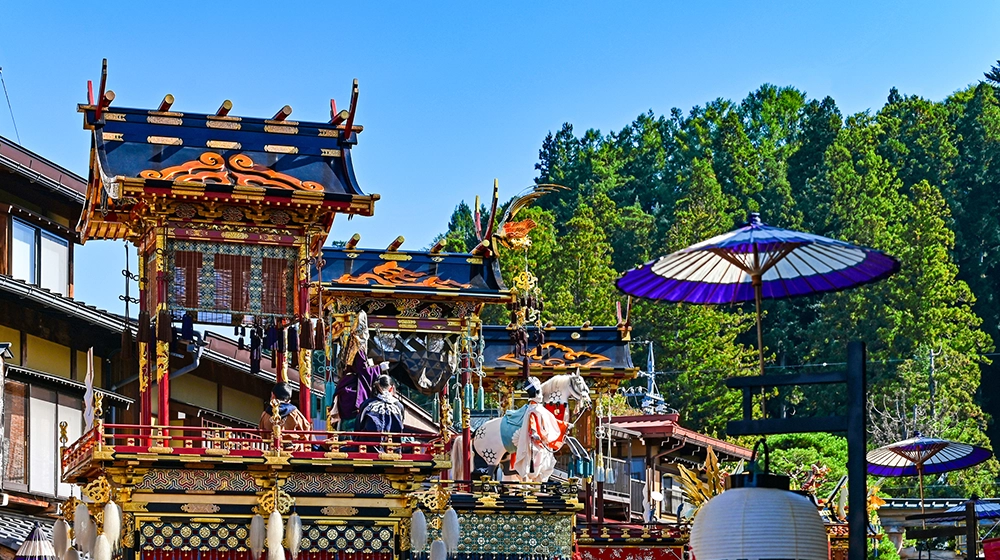
Due to its location in the mountains of the Northern Alps, many people stay a little longer in combination with mountain climbing, skiing, hiking, camping, and nature walks. This place with a good view in the middle of nature has many open-air baths, and bathing in the snow is also very popular in the winter season.
Nearby are Hida no Sato and Shirakawa-go, a World Heritage Site, and are attracting attention as a Onsen town where you can experience the good old Japan countryside.
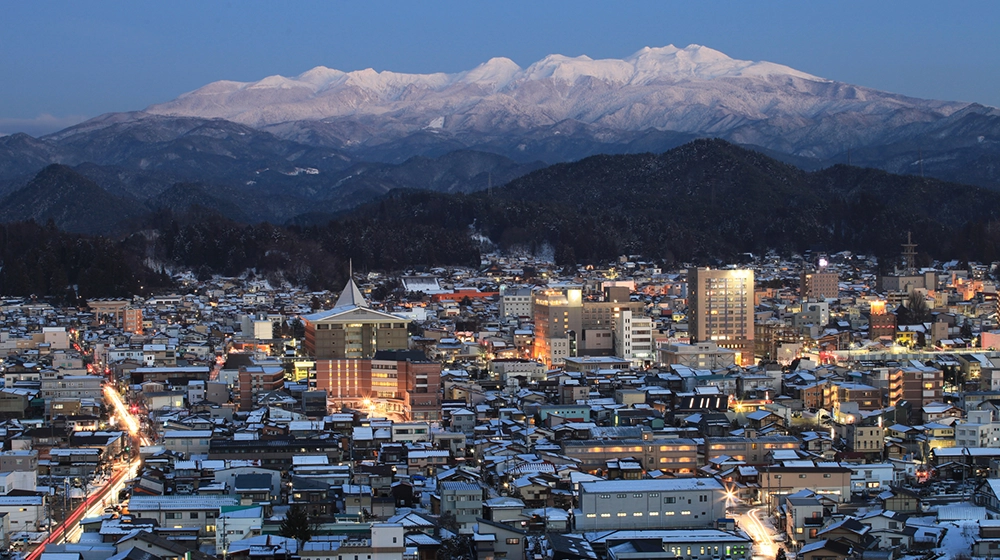
Located in the northern part of Gifu Prefecture and close to Toyama Prefecture, Takayama City is a city surrounded by mountains such as the Northern Alps such as Mt. Yarigatake and Mt. Norikura, as well as abundant rivers. The Onsen that springs from nine sources in Takayama City are called Hida Takayama Onsen.
Takayama City is a rich city that has prospered from the timber of the mountains since ancient times, and it is a culturally rich city with many people coming and going. The quaint cityscape where you can feel the remnants of this remains even now, and it is called "Hida's Little Kyoto".
There are many historical sites and ancient temples with the scent of culture, including the Takayama Festival, one of Japan's three major beauty festivals held every April.
The history of Onsens is relatively new, and in 1989 and 1993, the springs were discovered and named Hida Takayama Onsen. It is speculated that the snowmelt water from the Northern Alps was heated underground and gushed out in Takayama City.
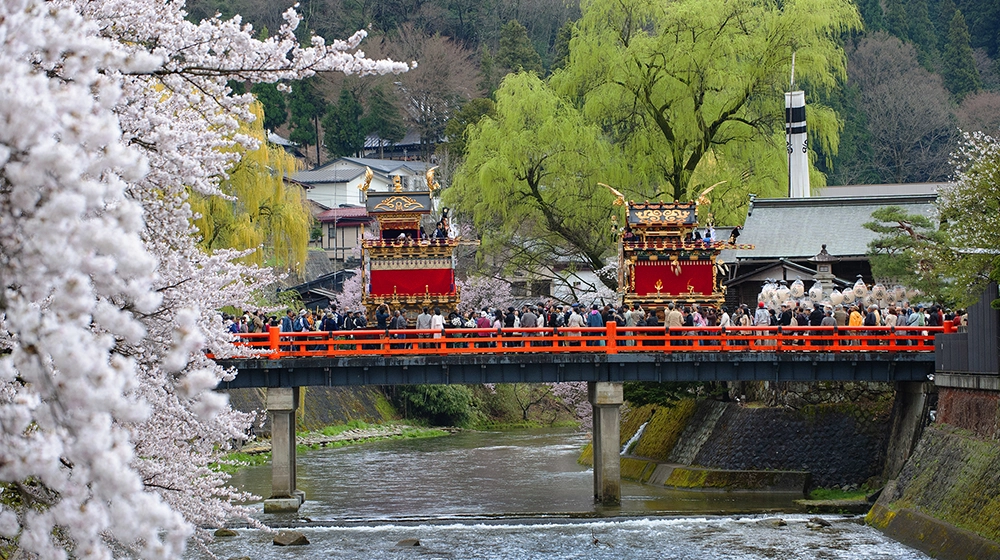
Due to the fact that it is a Onsen in the city with relatively easy access and because it was known as a tourist destination even before the Onsen was discovered, it is very popular and has become a Onsen resort visited by many people.
Enjoy shopping and gourmet food in the quaint streets of Edo, and visit historical sites and ancient temples with Onsens. If you go a little farther, you can also find Hida Village, which retains an atmospheric rural landscape, and Shirakawa-go, a World Heritage Site.
It can be said that it is a Onsen resort where you can enjoy and experience everything from the city with the culture of the good old Japan to the countryside with rural scenery.
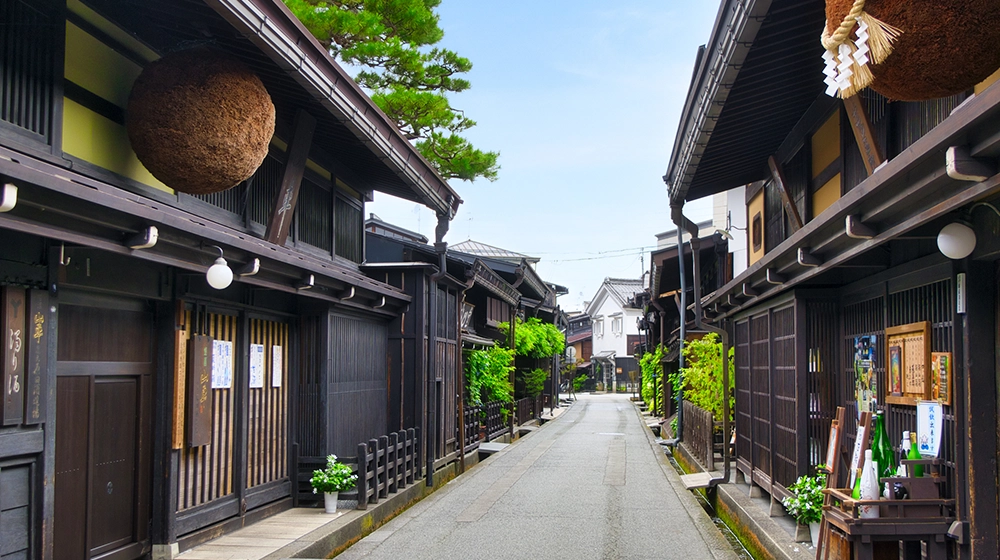
Okuhida Onsen is a Onsen resort consisting of five locations scattered among the mountains of the Northern Alps, about one hour east of the city of Takayama City by car.
Surrounded by beautiful and majestic 3,000-meter-high mountains such as Mt. Yarigatake, Mt. Norikura, and Hotaka, the five Onsen resorts consist of five Onsen resorts: Hirayu Onsen, Fukuchi Onsen, Shin-Hirayu Onsen, Tochio Onsen, and Shinhotaka Onsen.
Although it is not a very large area, there are more than 100 hot springs, and the average hot spring temperature exceeds 60°C, and the amount of hot spring gushing is 37,000 liters per minute, which is the third largest in Japan.
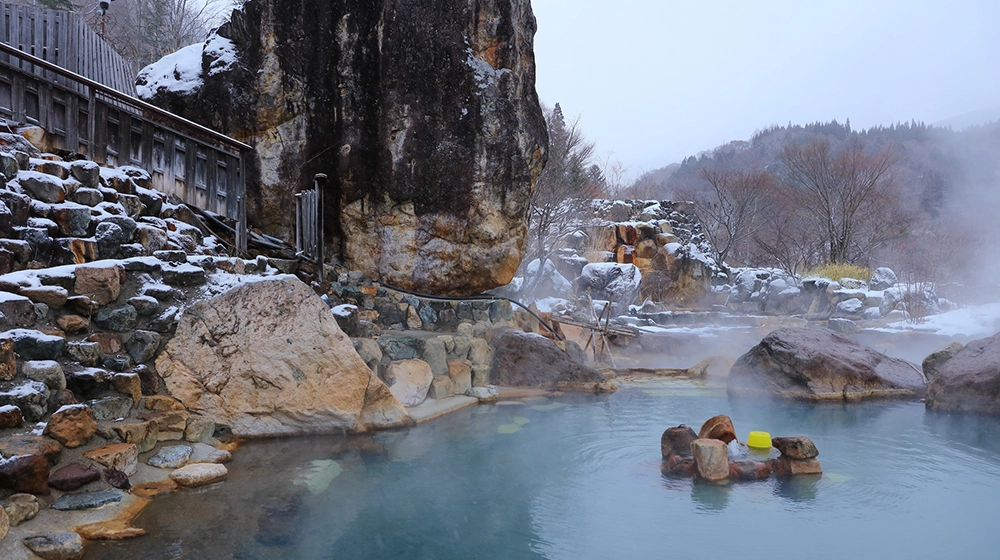
Okuhida Onsen has a long history, and it seems that many people have been visiting it as a Onsen resort for quite some time.
Nowadays, due to its location, it is becoming even more popular with many people who enjoy winter sports such as mountain climbing, hiking, nature walks, camping, and skiing in winter.
Since it is a place with a magnificent landscape, there are many open-air baths, and there are many free and inexpensive open-air baths and foot baths, so it is popular if you can enjoy it casually.
There are many gourmet foods that allow you to enjoy the blessings of the mountains such as wild vegetables, river fish, mushrooms, and game unique to the mountains, and it is also popular with people who want to escape from the hustle and bustle of the city and relax in the magnificent and deep nature.
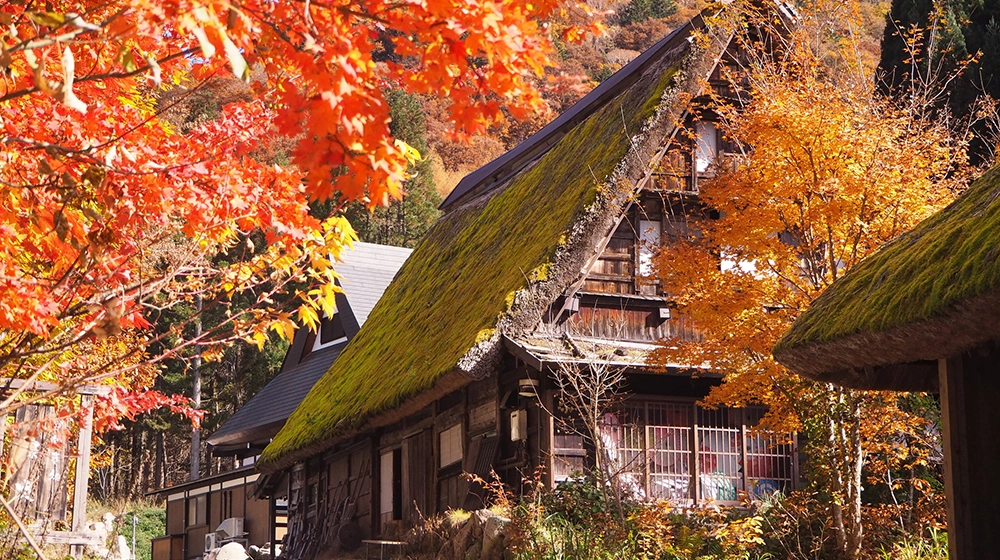
< Shinkansen / Train >
Tokyo Station (Tokaido Shinkansen Nozomi) → Nagoya Station (JR Tokaido Main Line Hida) → Takayama (about 4 hours 15 minutes)
Tokyo Station (Hokuriku Shinkansen Kagayaki) → Toyama Station (JR Tokaido Main Line Hida) → Takayama (about 3 hours 40 minutes)
< Bus >
Tokyo Station (JR Chuo Line) → Shinjuku Station West Exit (Highway Bus) → Takayama Nohi Bus Center (about 6 hours)
< train >
Nagoya Station (JR Tokaido Main Line Hida) → Takayama (about 2 hours 20 minutes)
< Bus >
Nagoya Station Shinkansen Exit (Highway Bus) → Takayama Nohi Bus Center (about 2 hours 35 minutes)
< train >
Osaka Station (JR Tokaido Main Line Hida) → Takayama (about 4 hours 15 minutes)
< Bus >
Osaka Station (Highway Bus) → Takayama Nohi Bus Center (about 5 hours 20 minutes)
< Shinkansen / Train >
Kanazawa Station (Hokuriku Shinkansen Kagayaki) → Toyama Station (JR Tokaido Main Line Hida) → Takayama (about 2 hours)
< Train >
Kanazawa Station (IR Ishikawa Railway, Ainokaze Toyama Railway) → Toyama Station (JR Tokaido Main Line Hida) → Takayama (about 2 hours 30 minutes)
< Bus >
Kanazawa Station West Exit (Highway Bus) → Takayama Nohi Bus Center (about 2 hours 30 minutes)
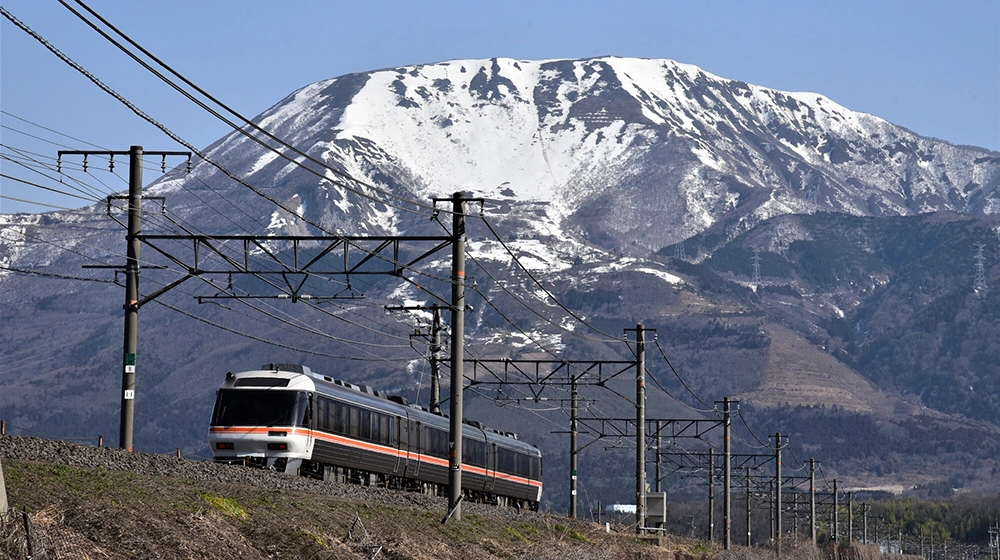
There are four types of hot springs: simple hot springs, bicarbonate warfare, sulfur springs, and chloride springs.
Indications generally include autonomic instability, insomnia, depression, rheumatoid arthritis, osteoarthritis, low back pain, neuralgia, frozen shoulder, bruises, sprains and other chronic stages, muscle stiffness in motor paralysis, sensitivity to cold, peripheral circulatory disorders, stomach upset, mild hypertension, glucose intolerance abnormalities, mild hypercholesterolemia, mild asthma, emphysema, hemorrhoidal pain, sleep disorders, post-illness convalescence, fatigue recovery, It is said to be effective in promoting health.
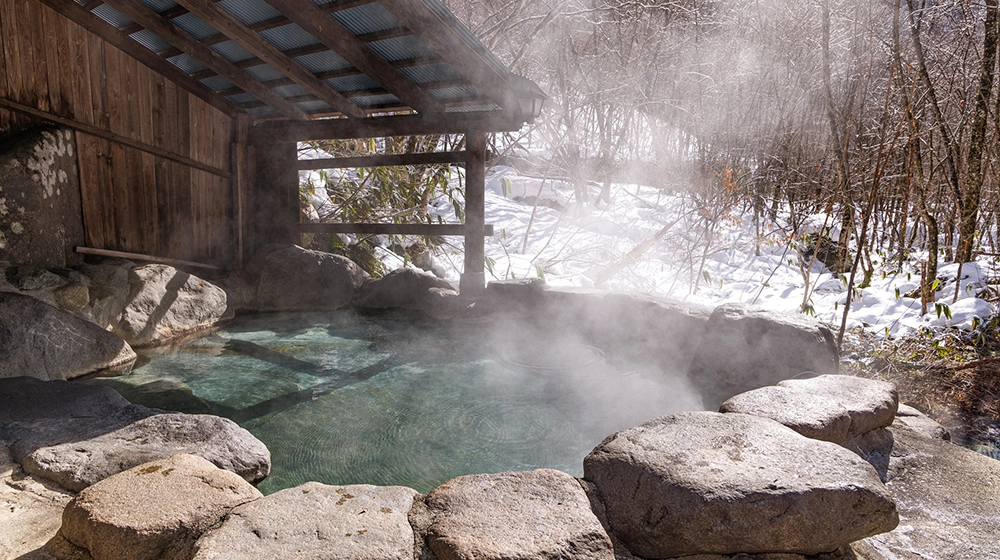
It is colorless and transparent, tasteless and odorless, and has general efficacy. In the case of alkaline, it is sometimes highly sedative, effective against high blood pressure and skin diseases, and is expected to have a high skin-beautifying effect.
It is a colorless and transparent hot spring. Because it contains baking soda, it softens the surface of the skin through the emulsification phenomenon, washes away fat and secretions, and makes the skin smooth and smooth after bathing. It is also called "beauty bath" because the skin is smooth as if it were washed with soap. Also, just by washing your hair and rinsing it with hot water, you can get a shiny and smooth finish. It is said to be effective for cuts, burns, chronic skin diseases, etc.
It is characterized by a peculiar smell like a milky white and boiled egg. Since it has the function of dilating capillaries and coronary arteries, it can be expected to be effective against chronic bronchitis and arteriosclerosis. Since it also has a detoxifying effect, it is said to be effective for chronic skin diseases.
It is a colorless and transparent hot spring with a salty taste.
The salt prevents sweat from evaporating on the skin, so it is warm forever, and because it has a high heat retention effect, it is difficult to cool down and is also called "hot water". It is said to be effective for neuralgia, back pain, cold sensitivity, etc., so it is said to be effective for women's diseases.
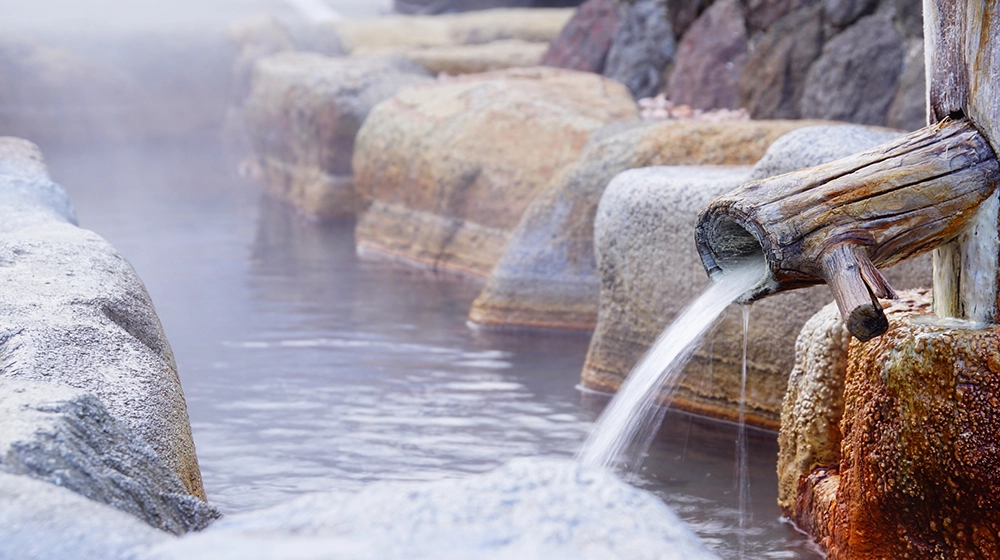
Hida Takayama and Okuhida Onsen are often introduced as the same area today due to their close proximity, but they have different histories and have developed along different paths.
The history of Hida Takayama Onsen in Takayama City is relatively new as a Onsen resort, and in 1989, a spring gushing from Takayama City was discovered in 1993 and named Hida Takayama Onsen.
It is believed that the snowmelt water of the Northern Alps was heated underground and gushed out in Takayama City, and now nine hot springs have been found, and you can enjoy Onsens at more than 30 Onsens inns.
Although it has a short history as a Onsen resort, Takayama City has a long history, and some traces of people living in this area since the Jomon period have been found.
There are also burial mounds that are said to be from the Kofun period after that, and the "Japan Shoki" also describes the Hida incident and the "two-sided shukusho rebellion".
The stone statue of the double-sided jukusho that appears in that incident can be seen at Senkoji Temple in the city.
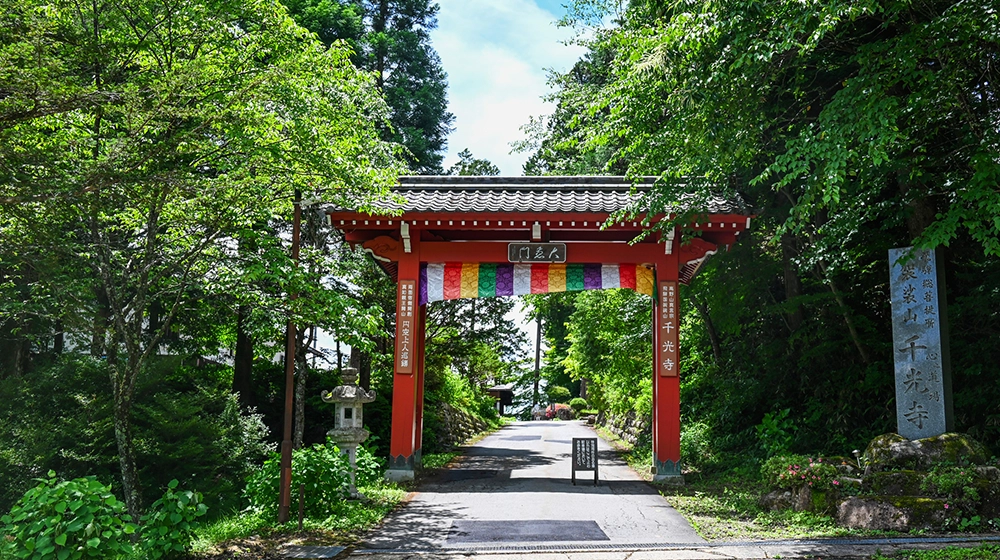
In the Nara period, the national government was established, and it flourished centrally in the Hida region. After that, Mr. Kanamori, who owned this area during the Tokugawa period, further promoted the development of the castle town, and it developed culturally.
After that, it became a direct territory of the shogunate, and it became a place where many people came and went. It is believed that Hida Takayama was under the direct control of the shogunate because it was rich in mines and forests, which are the resources of the mountains.
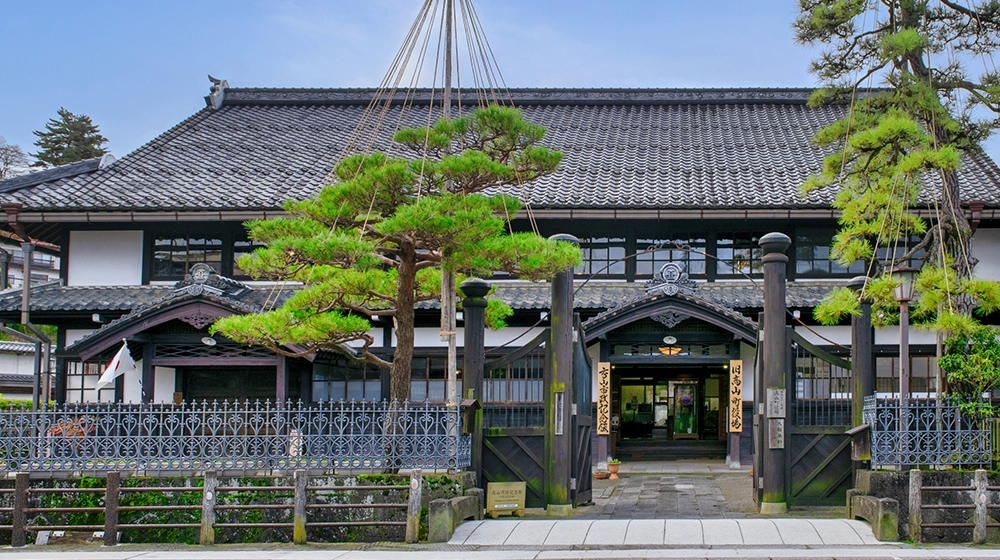
Okuhida Onsen is close to Hida Takayama Onsen, but the geographical conditions are quite different. This is a place that can be called a so-called secret hot spring located in the mountains of the Northern Alps (Hida Mountains), where the famous 3000m-class mountains are lined up.
The origin of Okuhida Onsen is not clearly known, but it seems that it has been used as a hot spring resort for quite some time. During the Sengoku period, a legend is still passed down that a soldier who followed Takeda Shingen was guided by a white monkey to discover a hot spring and take a bath to heal his fatigue.
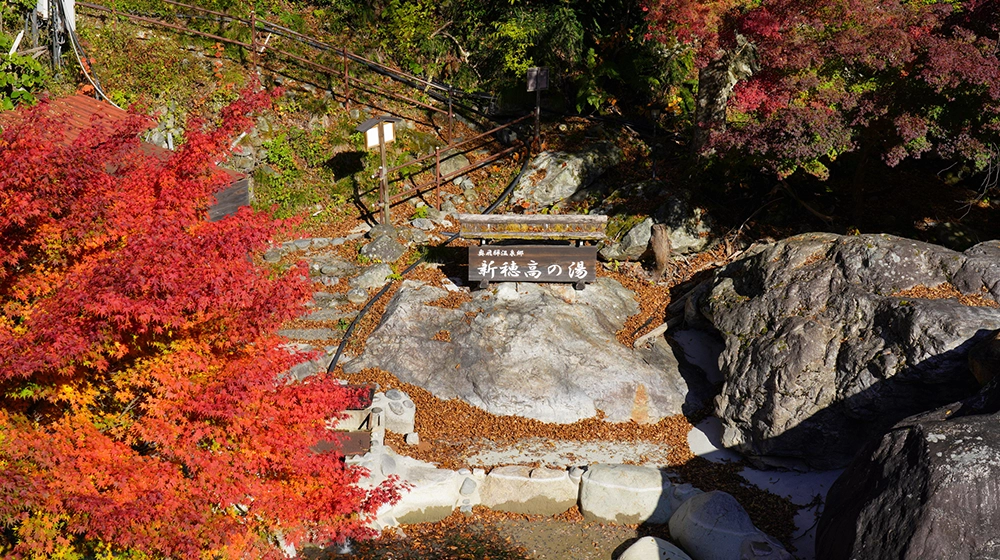
The place where this Okuhida Onsen is located was in the middle of the mountain pass connecting Hokuriku and Edo, and it was also used by travelers who were relieving their fatigue.
In the latter half of the Edo period, the mountain was opened as a sacred mountain by Banryu Jojin, and many mountain worshippers began to visit.
In the Showa era, more and more people began to visit with the opening of ropeways and mountain buses, and it developed into a popular Onsen resort along with its magnificent nature.
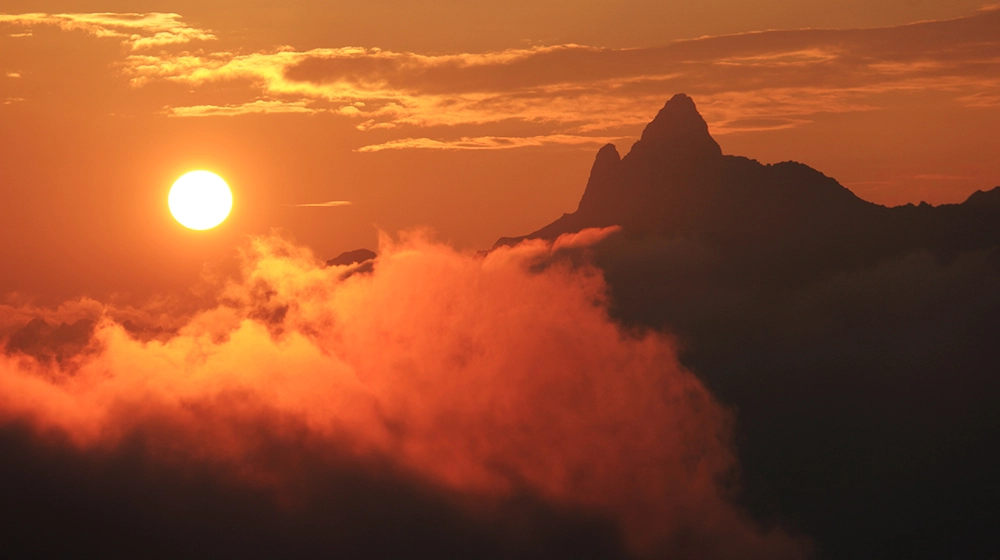

Hidatakayama , Okuhida Onsen
Gifu
A single inn built in an old private house along a clear stream
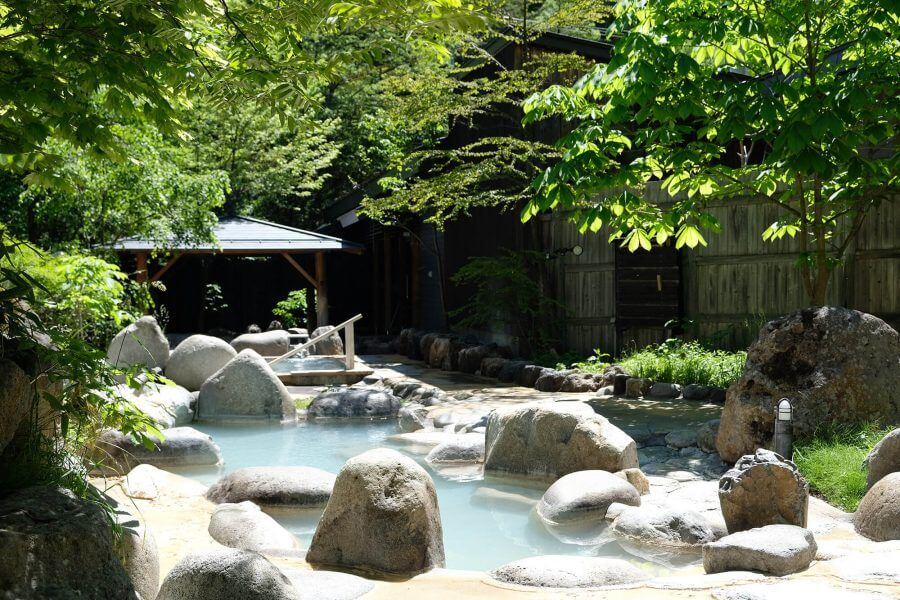
Hidatakayama , Okuhida Onsen
Gifu
Onsen and forest bathing
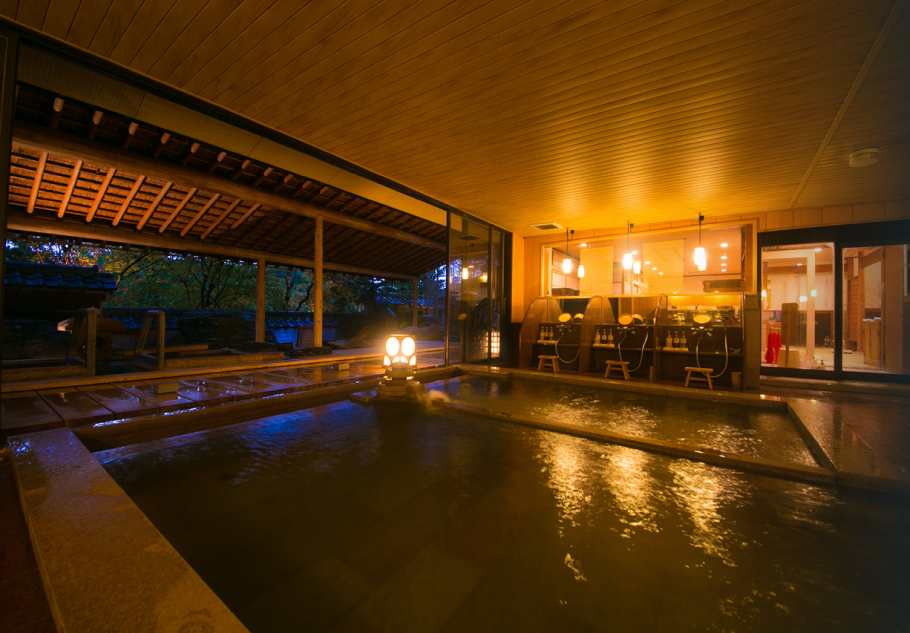
Hidatakayama , Okuhida Onsen
Gifu
A gorgeous inn that blooms in the ancient capital.
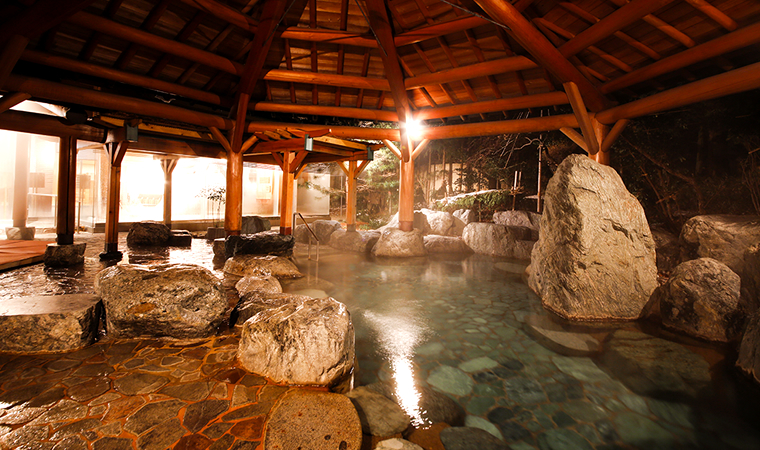
Hidatakayama , Okuhida Onsen
Gifu
Tourist hotels where you can enjoy Hida Takayama Onsen
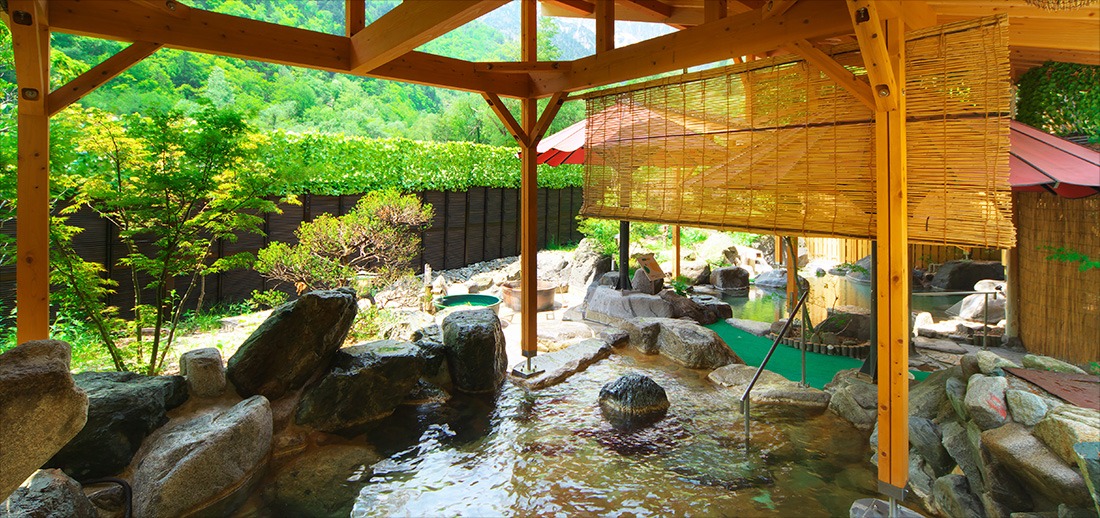
Hidatakayama , Okuhida Onsen
Gifu
Amidst the changing seasons of the Northern Alps, savor a leisurely moment of relaxation.